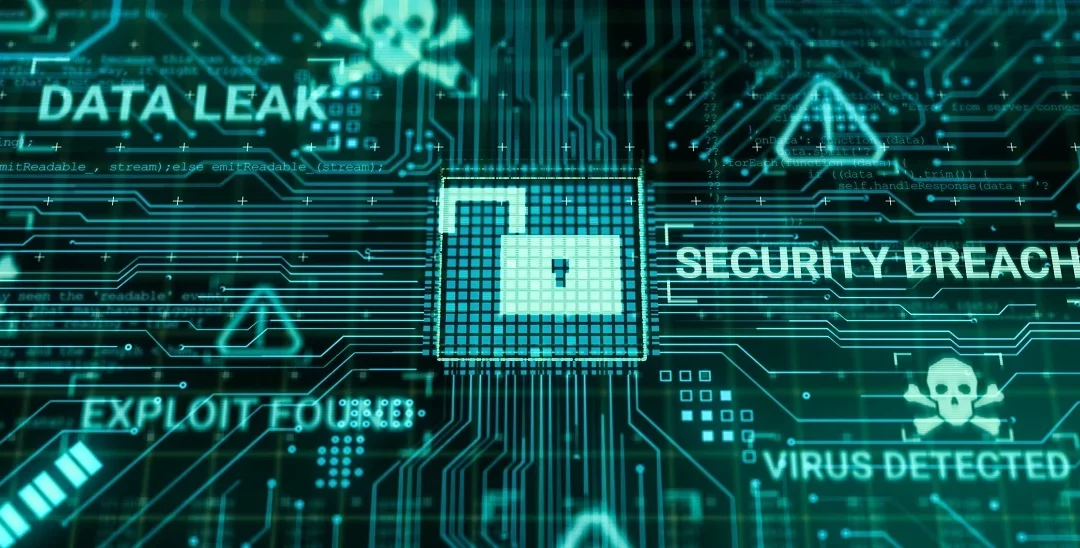What is a Data Leak?
A data leak occurs when private information is exposed to unauthorized parties because of internal errors. These errors are often caused by inadequate data security and sanitization, out-of-date technology, or undertrained staff. Data leaks can result in serious consequences including regulatory fines or civil action, loss of business from disgruntled customers, or loss of your competitive advantage in the marketplace.
What’s the Difference Between a Data Leak and a Data Breach?
A data leak usually occurs accidentally from within an organization while a data breach usually occurs externally via an outside attacker. Data breaches can manifest in many ways; the most common way being social engineering. That is when a hacker coerces victims into revealing private information that can be used to gain access to private accounts, systems, or networks.
Both data leaks and data breaches, despite coming from different sources, lead to the compromise of sensitive data. Data leaks typically come before data breaches as they give threat actors the tools they need to launch cyberattacks faster.
The Most Common Causes of Data Leaks in 2023
The list below could be attributed to both data leaks and breaches due to their tight correlation. However, since data leaks often enable data breaches, addressing these concerns lessens the probability of the latter.
- Misconfigured Software Settings
-
- As technology advances, we often come across new software platforms that offer solutions to our everyday problems. However, these newly developed and smaller companies may not have the same resources to protect its users compared to enterprise level ones. Cyber criminals are counting on developmental issues and user ignorance to steal and abuse your information. When choosing to install a new software in your business, you should be conducting an audit of their security capabilities. If you choose to proceed with implementation, examine the settings and ensure the platform is only utilizing or accessing parts of your network that are necessary to its function.
-
- Social Engineering
-
- The most effective method cybercriminals use to steal information is social engineering. Ensure your employees are well-trained on how to spot the different types of phishing attempts and how to report incidents when they occur.
-
- Recycled or Default Passwords
-
- One compromised password can lead to more breaches due to users sharing passwords across multiple platforms. Poor password hygiene also includes passwords similar to other passwords because hackers have tools that can flip through different password combinations until they get a hit. (Also known as a password stuffing attack).
- Failure to change default passwords can also lead to a data leak. Hackers are counting on your negligence to guess your password and steal your information. Be sure to always use unique and challenging passwords to lessen the chance of successful cyberattacks.
-
- Physical Theft of Devices
-
- A stolen company device can be used as leverage to gain direct access to your network. A direct attack can be facilitated using the device or the thief could impersonate the device owner and convince you to reset passwords or divulge private information.
-
Your cybersecurity program should include and prioritize data leak detection to heighten the effectiveness of data breach prevention efforts. Solely managing vulnerabilities from a data breach prevention standpoint limits data protection capability.
How to Prevent Data Leaks in Your Organization
There are numerous things you can implement today to lower the risk of experiencing a data leak.
For example, you could institute:
-
- Regular Access/Permissions Audits
- Security Awareness Training for your Entire Staff
- Multi-Factor Authentication
- Password Generator/Manager
The top recommendation would be, however, to implement Data Leak Detection solutions. Delivered through our Enhanced IT Security program, Impact Business Technology can deploy best practice solutions and launch automated security monitoring and detection solutions for your business.
With our automated solutions, you can focus your energy on your daily operations, resting assured that your network is constantly being monitored and defended.
To learn more about the comprehensive Enhanced IT Security Program download our Enhanced IT Security Service Description Sheet.
If you would like to speak to a representative about Enhanced IT security for your business, contact us today!

